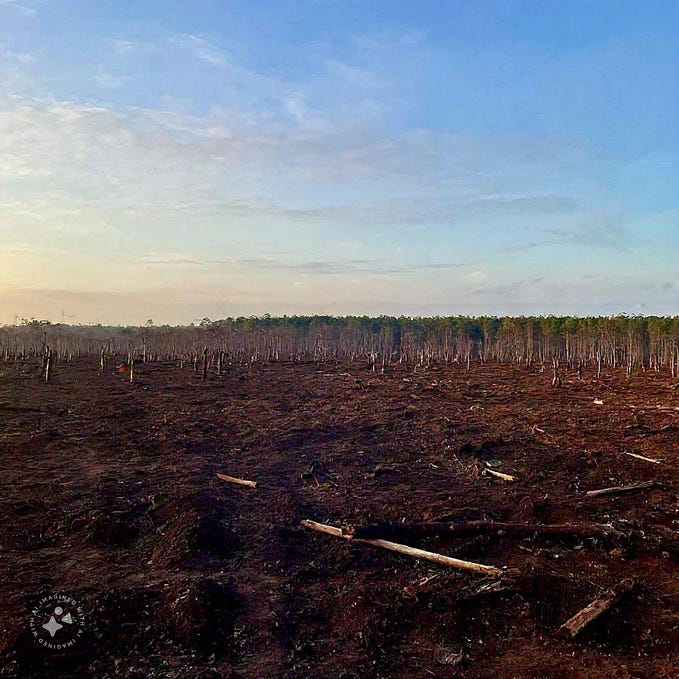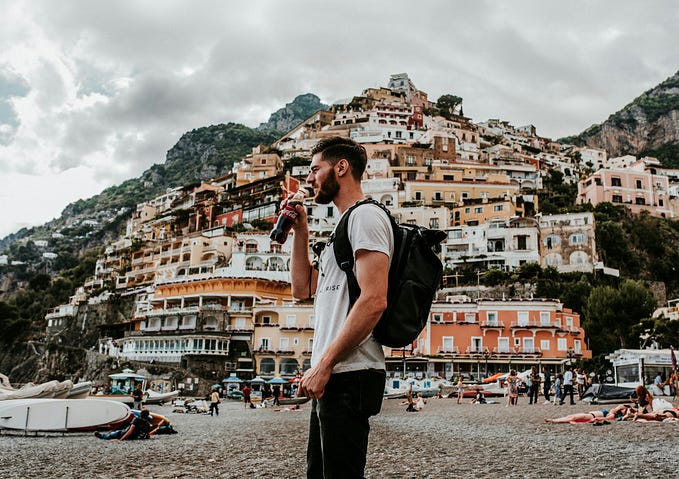Rural Community Appraisal on Climate Change
A team of five field conservationists including myself trek two kilometers by foot (Fig. 1) in the semi arid bush, hiking up sub tropical rift valley escarpments and racing three hundred miles in off road vehicles over a two month period in East Africa.
Our sole mission was research, to understand how a changing climate is effecting Northern Tanzanian communities. We collaborate with Iraqw, Maasai, Sukuma and Hadza communities to target strategies and assist in developing sustainable solutions by using a long standing method of participatory rural appraisal (PRA).

This PRA method of social research is nothing new but has been somewhat of a neglected methodology. Its a holistic research system born out of a national Kenyan struggle to divorce the failed top-down natural resource development campaigns of the past.
So through extensive interviews, PRA provides an alternative method of collaboration with rural communities. It enables the rural communities and individuals to search for their own way to sustainable development, a development strategy based on rural needs, within the skills and strengths of their local institutions or community structure.
Section 1: Village of Rhotia
Our first conversation and cultural exchange was with the Rhotia village community. A village of gently scattered square homes constructed out of red thorn acacia and clay slurry (Fig. 2).

The majority of informants held a farming occupation consisting of grandmas, mothers and senior men. When village members (informants) where asked about loss of soil, land and income from crop harvests. They explained irregular heavy rains, soil erosion, expensive fertilizer and ultra competitive local markets as the major challenges. Some members also experienced an increasing conflict with hyenas and herbivores raiding their fields for food.
The agrarian village has overcome some challenges by using hand built hill side terraces for cropping and holding soil in place, along with storing non-perishable crop harvests to take advantage of a stronger selling price as it fluctuates in the market.
These community members continue to work together in such a resilient way to improve existing systems, develop water storage and solar power solutions for a climate of unknown adversity.
Section 2: The Maasai Boma
We met with the Maasai peoples, a community that live and die by their livestock and pastoral migration. A typical day of the Maasai revolves around herding livestock, home repair and rearing children.
In order to better understand their lives and the effect climate change has on it, we decide to dig deep through interview and discussion around indigenous medicine, boma construction, fodder production, ceremony and the importance of natural resources.
Our team walk two miles with the Maasai in silence attempting to assist them with herding cattle across the grassland plains (Fig. 3). We rest with the herd and huddle in a Maasai neighbors boma (Maasai shelter) to engage in conversation.

As we fling question after question in a dimly lite boma, the Maasai go on to explain that boma shelters are built out of yellow acacia, red thorn and umbrella trees. The walls are formed from cattle dung and clay. While the roof is built with a timber frame and fine dried grass. If you were to look at these boma complexes from above, they would form a fractal design, with circular districts, village enclosures and at the smallest unit an individual boma dwelling.
As the Massai migrate and relocate with their herds in search of optimal grazing land, they always select locations in close proximity to watering holes (Fig.4).

The mood changes as the herdsmen go on to explain that natural migration for Maasai communities are becoming shorter with more land ownership and government restrictions increasing in the region. In addition, the regions rain and grassland forage production has been so irregular that some Maasai communities have had to resort to agricultural production as a secondary source of food throughout the year.
These herdsmen foresee the adverse tide of climate change locally and an increase in land ownership or rent. In order to overcome these changes, the Maasai have actively pursued economic generating tourism agreements with government and plan to continue building local Maasai community schools.
Section 3: Banana Farmers of Mto Wa Mbu
It had been a month in the Karatu, Tanzanian region and throughout that time we were continually reminded by locals that Mto Wa Mbu, a small rural town below the rift valley escarpment, was nationally famous for banana production.
It’s this prestige and geographical importance that brought us to the towns door step. We eventually stumbled upon a respected group of farmers from the area, who were long time residents of forty years in Mto Wa Mbu. We engaged with the group through conversation and semi structured questioning.
A farmer starts the discussion to explain, that he manages a 0.5 hectare banana plantation (Fig. 5) and lives in a community of rural merchants, tradesmen and vegetable-banana producers. Most crops produced are sold outside of town in Arusha, Karatu, Rhotia, and Dar es salaam for a higher price.

When asked about his impression of climate change in the region, it was said that over the last five year’s temperature in the dry season had increased and heavy rains in the wet season had caused production problems. A farmer went on to explain that these temperature changes seemed to have brought on unusual insect disease in banana crops, which has caused a need for expensive pesticides. Furthermore, some banana fruit have started to produce spots, which has halted growth and heavy rains have also increased the overall banana tree mortality rate.
Our team continued with questions related to wildlife conflict and the communities perception of animals. The farmers responded by saying, they have no issue with wildlife during the wet season but in the dry season baboons and elephants from Lake Manyara National Park raid their fields in search of food. As soon as this raiding occurs they report it to the wildlife game officers in hopes of protection.
We ended the conversation on a positive note over some local food and drink. The farmers agreed to think of some solutions to the challenges they faced and prioritize these issues on a list to discuss the next time we met.
Acknowledgements
This study would not be possible without The School for Field Studies research directors and staff. The conservation area community and rangers in the respective parks also contributed immensely to the implementation of this study.








